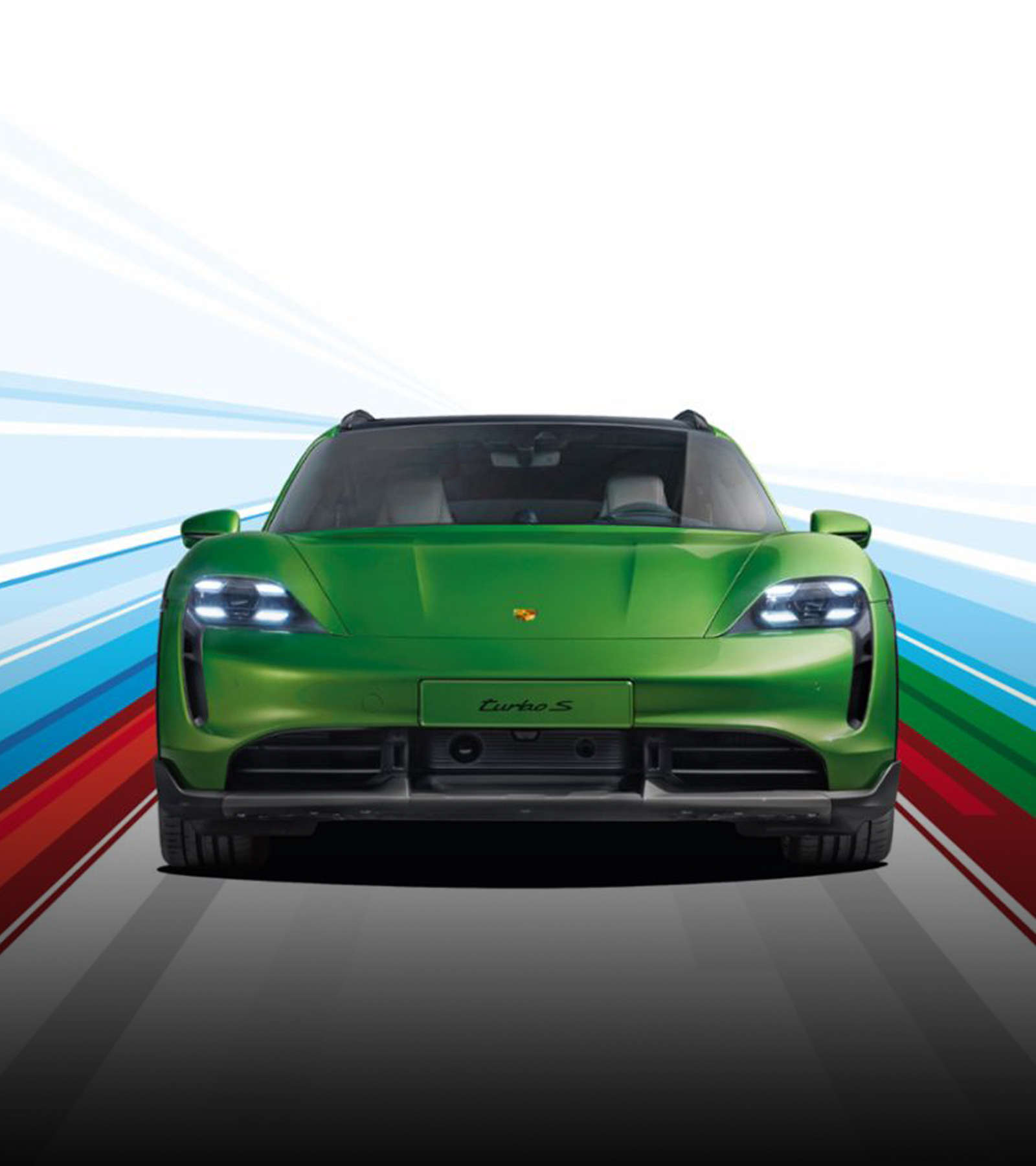The most important technical terms regarding the first fully electric
AC charging
Charging using Alternating Current. However, electric cars store direct current (DC) in the battery. 240 V/400 V alternating current must therefore be converted into 800 V direct current. This is done by the on-board charger in the vehicle. The

800-volt technology
The
Combined Charging System (CCS)
The CCS plug is a combined plug for AC and DC. Normal alternating current (AC) flows through the upper, round part, direct current (DC) is transmitted through the two contacts in the lower part and is also used for high-power charging.

DC charging
Charging using direct current. Here, the current is charged directly into the battery without further conversion, the rectifier is installed in the charging station. A booster in the on-board charger makes 800-volt power possible. The charging capacity of the
Hairpin winding
The stator coils of the electric motor consist of wires that are rectangular in the
Lithium-ion battery
The cells of this type of battery consist of an anode, cathode, separator and electrolyte. During discharge, the anode releases electrons. These move to the cathode via an external electrical load, e.g. electric drives, and current then flows. In return, positive lithium ions migrate from the anode into the electrolyte and flow through the separator to the cathode. When charging, a voltage is applied from the outside. The process is reversed: the lithium ions now migrate from the cathode to the anode and are deposited in the graphite lattice (intercalation). Lithium-ion batteries are thermally stable in a wide range. They have a low level of self-discharge and are not subject to any memory effect. Compared to lead and nickel metal hydride batteries, lithium-ion batteries offer a higher energy and power density (volumetric and gravimetric) and are therefore smaller and lighter for the same energy content.

Permanently excited synchronous motors
Pulse-controlled inverter
This is the interface between the electric motor and the battery. The pulse-controlled inverter converts the direct current from the battery into alternating current for the electric motor when driving the electric motors. The pulse-controlled inverter determines the frequency of the rotating field in the electric motor’s stator, which sets the speed of the rotor.
Energy recuperation
The recovery of energy (Latin: recuperare, to recover). When the

Additional content
Sports cars, redesigned with sustainability in mind. The first all-electric sports car, the
Text first published in the




